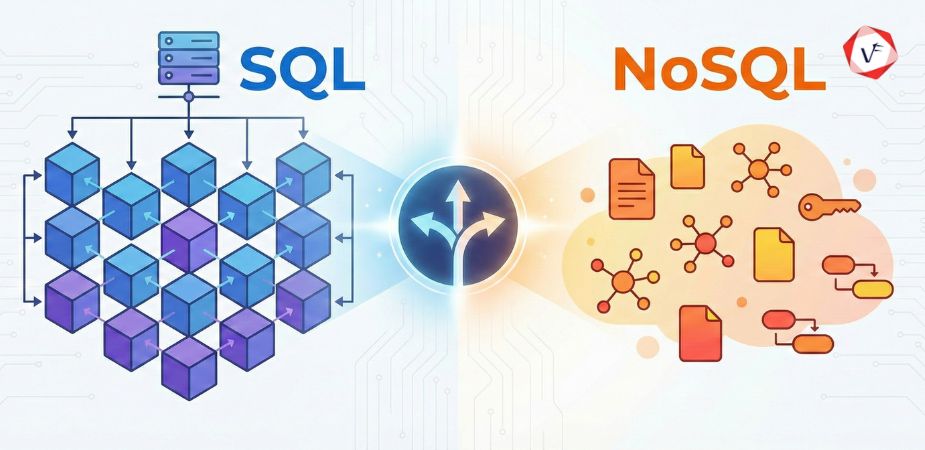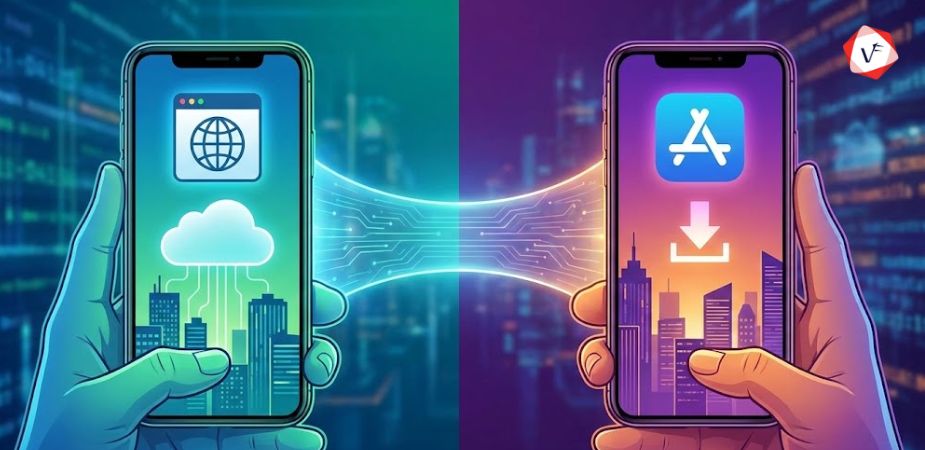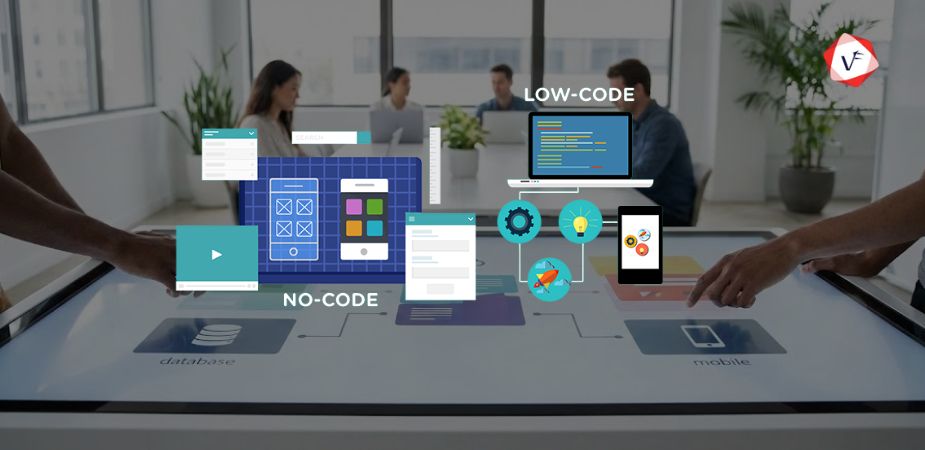- May 19, 2025 7:53 am
- by safvana
- May 19, 2025 7:53 am
- by Manek
Bringing a new product to life can be an exciting yet overwhelming process. As an entrepreneur or startup founder, one of the biggest challenges you face is ensuring your product meets the needs of your target audience without wasting valuable time or resources. This is where the concept of a Minimum Viable Product (MVP) comes in. But what exactly is an MVP, and why is it so important for businesses?
In simple terms, a Minimum Viable Product (MVP) is the most basic version of a product that you can launch to test its core features and gather feedback from early users. Instead of creating a fully developed product right away, you focus on delivering just enough functionality to address the main problem your product is designed to solve. This allows you to learn from real user interactions and improve your product based on their needs and preferences.
Think of it as a prototype, but one that is functional and can be used by real customers. By starting with an MVP, businesses can validate their ideas before investing heavily in development. This process helps minimize risks, saves resources, and gives companies the chance to understand whether there is a demand for their product.
Developing an MVP is a strategic approach that offers several key benefits. Let’s take a closer look at why MVP development is so valuable for startups and businesses.
To create a successful MVP, you need to focus on a few essential components. Let’s explore the key elements that make up an MVP.
1. Core Functionality The MVP should concentrate on the most critical features that directly solve the problem for your target audience. These are the elements of your product that provide the most value to your users. You don’t need to add extra features that aren’t essential at this stage. By focusing on the core functionality, you ensure that the product is lean and effective.
2. User Experience (UX) While the MVP is simple, it still needs to be user-friendly. A poor user experience can turn customers away, no matter how great the core features are. Ensure that the MVP is easy to use and that the design is intuitive. Users should be able to understand and navigate the product without confusion.
3. Scalability Even though your MVP is a basic version, it should still be built with the future in mind. As your user base grows and you add more features, your product should be able to scale without performance issues. Scalability ensures that your MVP can evolve and handle increased demand.
4. Feedback Mechanisms One of the main purposes of an MVP is to collect feedback from your users. Make sure you have systems in place to gather this feedback effectively. This could include surveys, user interviews, or analytics tools that track how users interact with the product. The more feedback you collect, the better equipped you will be to improve your product.
5. Market Fit
Your MVP should address a real problem faced by your target audience. To ensure that your product fits the market, conduct research to understand your customers' pain points. The more closely your MVP aligns with their needs, the more likely it is to succeed.
Now that you understand what an MVP is and why it’s important, let’s walk through the steps involved in developing one.
1. Identify Your Target Audience Before you start building your MVP, it’s important to know who your product is for. Who are your customers, and what problems are they facing? By defining your target audience, you can ensure that your MVP addresses their specific needs and pain points.
2. Define the Problem You Are Solving Once you’ve identified your audience, the next step is to clearly define the problem you aim to solve. The success of your MVP hinges on how well it addresses this core issue. Keep your focus narrow to ensure that the product does one thing very well, rather than trying to solve multiple problems at once.
3. Outline Core Features Now that you understand your audience and their problems, list the features that are necessary to solve the problem. These features should be the bare minimum needed to make your product functional. Avoid adding extra features or complex functionalities at this stage. The MVP should focus on what’s most important.
4. Develop the MVP With the features outlined, it’s time to start developing your MVP. Depending on your product, this could involve building a website, creating an app, or designing a physical prototype. Work with a team of developers, designers, and other experts to bring your MVP to life.
5. Launch the MVP Once the MVP is ready, launch it to a small group of users. This could be a beta version or a limited release. It’s essential to make it clear to users that they are testing an early version of the product, so they can provide useful feedback.
6. Collect Feedback and Iterate After launching the MVP, it’s time to gather feedback. Pay attention to how users interact with the product and what they like or dislike. Use this feedback to make improvements and iterate on the product. The goal is to continue refining the product based on real user experiences.
7. Make Data-Driven Decisions
As you collect feedback and data from your MVP, make sure to use this information to guide your decision-making process. Do your users want more features, or is the current version working well? Use this data to prioritize what to develop next and ensure that the product evolves in a way that meets customer expectations.
While developing an MVP is a smart approach, it’s easy to make mistakes along the way. Here are some common pitfalls to avoid:
Developing a Minimum Viable Product (MVP) is a smart and cost-effective way to test your ideas in the real world. By focusing on core features, gathering user feedback, and iterating based on real-world data, you can increase the chances of success for your product. Whether you’re launching a new startup or expanding an existing business, MVP development helps you minimize risk, save time, and make better-informed decisions as you move forward. Keep your MVP simple, stay focused on your target audience, and use feedback to guide your next steps—this approach will set you up for long-term success.
Guaranteed Response within One Business Day!

Database Selection Guide: SQL vs NoSQL
AI Agents in Enterprise Software: How Autonomous AI is Transforming Business Operations
Manufacturing 4.0: AI and IoT Transforming Production Lines

Progressive Web Apps vs Native Apps: Which Should You Choose in 2026?

What is Citizen Development?